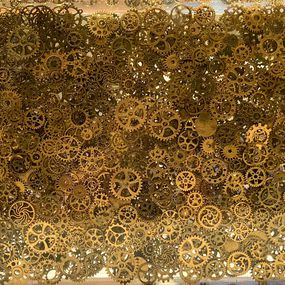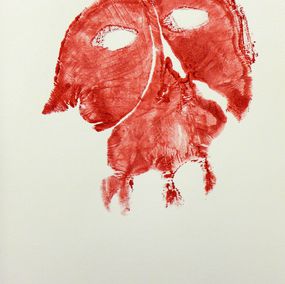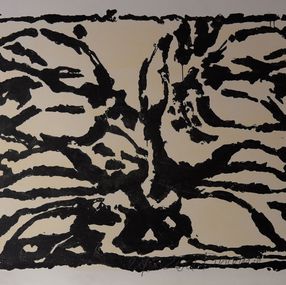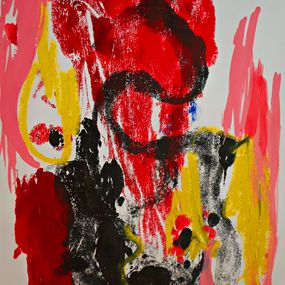

Art is just a way of making things less bad. It’s about the reduction of everything we think, see, do, or feel to a usable, present form.
Biography
Claes Thure Oldenburg, commonly known as Claes Oldenburg, is a Swedish-born American artist widely regarded as a pioneer of Pop Art. Born on January 28, 1929, in Stockholm, Sweden, Oldenburg immigrated to the United States in 1936. He studied at Yale University and later at the Art Institute of Chicago.
Oldenburg's artworks often revolve around the transformation of ordinary objects into monumental sculptures. He became known for his oversized and playful renditions of everyday items, such as hamburgers, typewriters, and clothespins. Oldenburg's sculptures challenged traditional notions of art, embracing popular culture and consumerism. His works have been exhibited globally and can be found in renowned institutions and public spaces. Oldenburg's contributions to the art world have earned him numerous accolades, including the National Medal of Arts in 2000.
Nationality
Categories
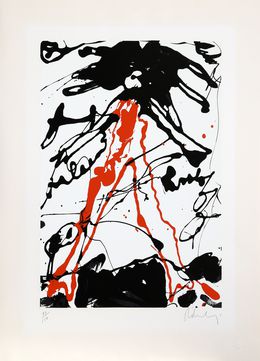
Claes Oldenburg
Print - 72.4 x 53.3 cm Print - 28.5 x 21 inch
€2,345
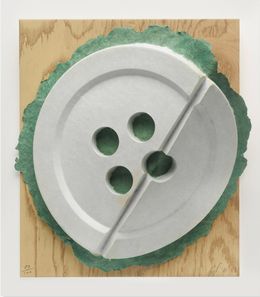
Claes Oldenburg
Fine Art Drawings - 41 x 36 x 16 cm Fine Art Drawings - 16.1 x 14.2 x 6.3 inch
€18,492

Claes Oldenburg
Print - 96.5 x 57.2 cm Print - 38 x 22.5 inch
€2,526

Claes Oldenburg
Print - 74.9 x 54.6 cm Print - 29.5 x 21.5 inch
Sold

Claes Oldenburg
Sculpture - 44 x 28 x 2 cm Sculpture - 17.3 x 11 x 0.8 inch
Sold
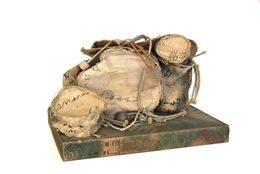
Claes Oldenburg
Sculpture - 22.9 x 48.3 x 33 cm Sculpture - 9 x 19 x 13 inch
Sold








